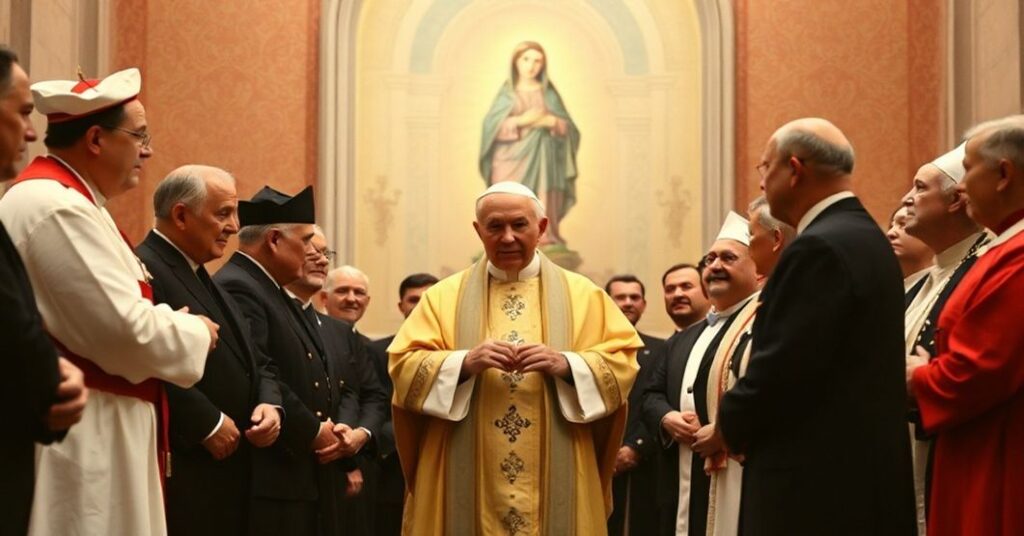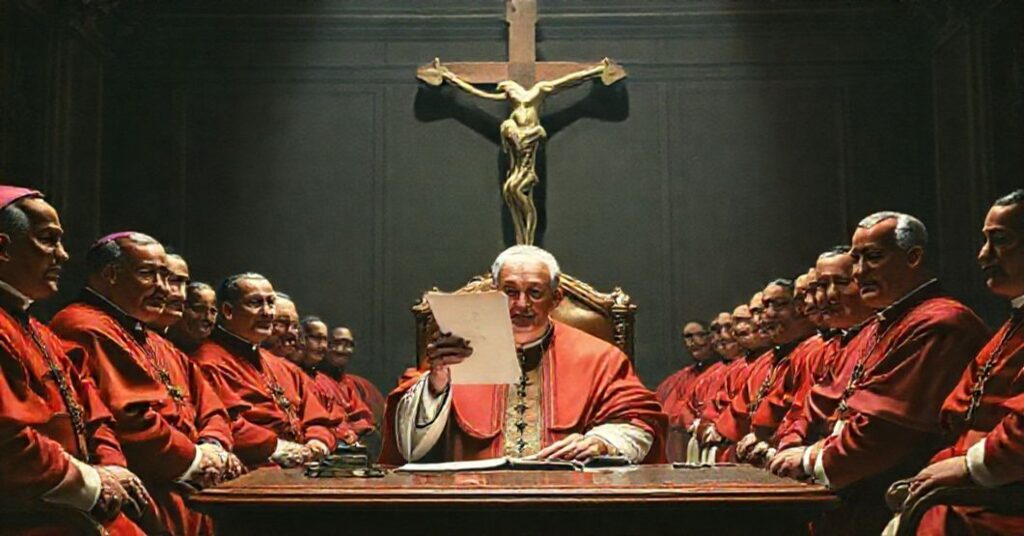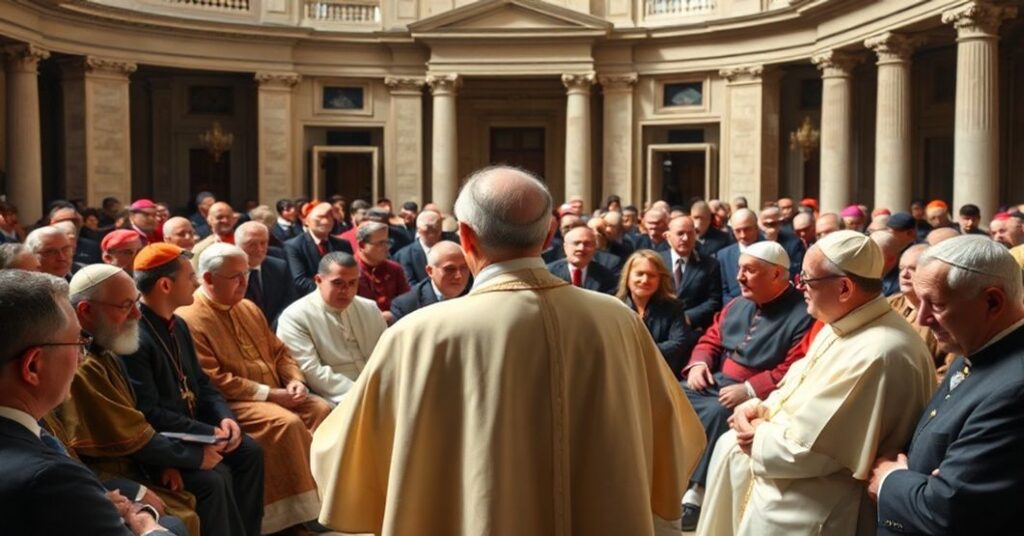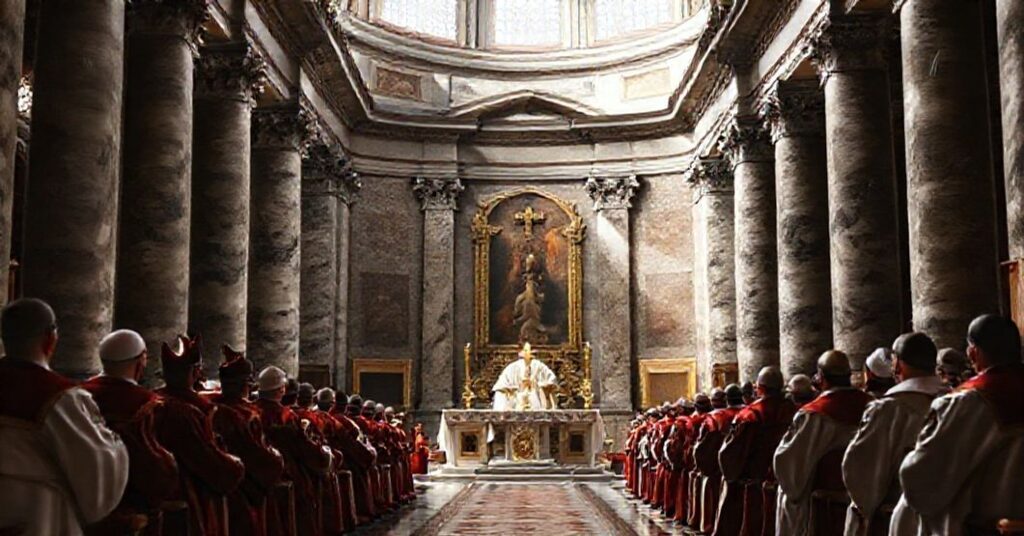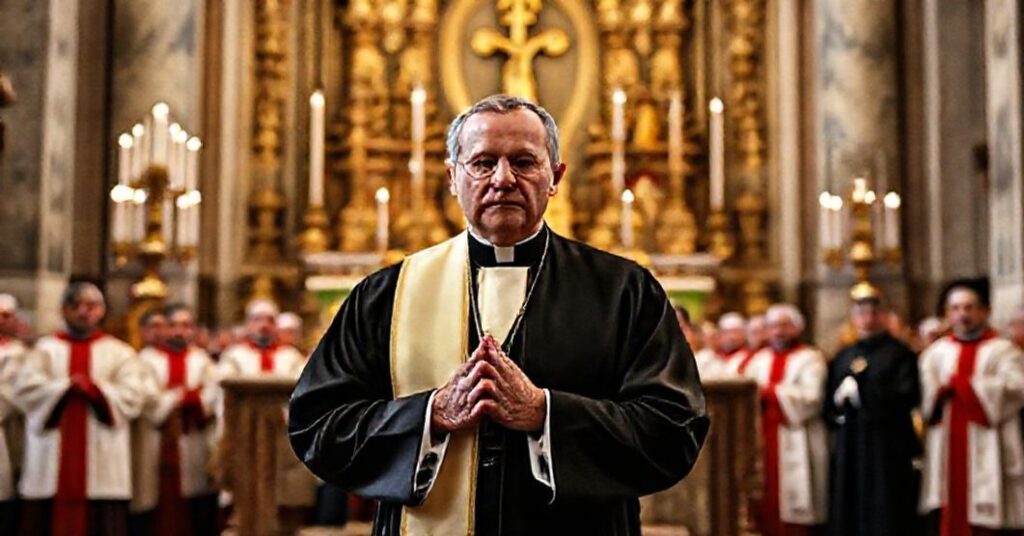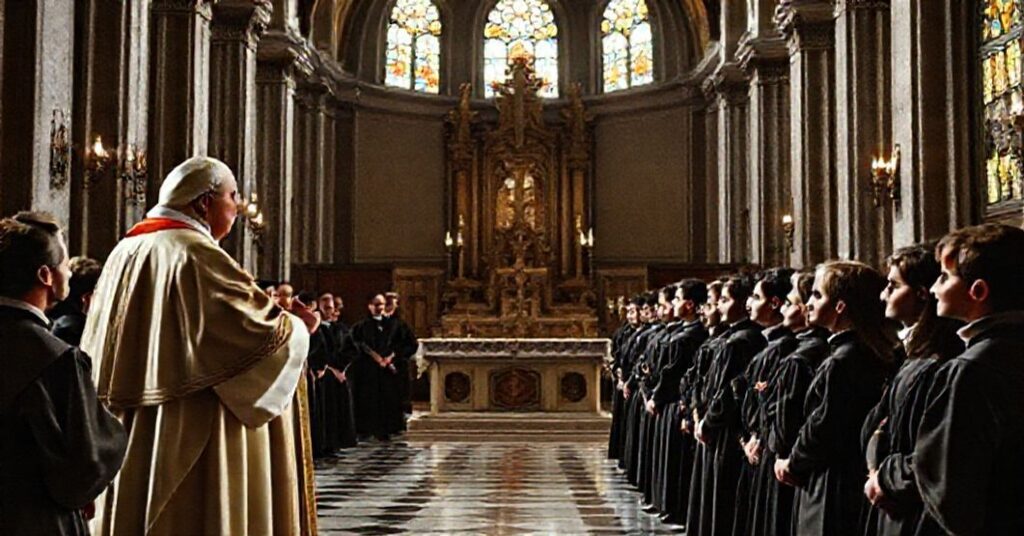Allocutio Ioannis XXIII ad Romanam Domum Cattolicae Studiorum Universitatis (1961.11.05)
John XXIII, in this allocution of 5 November 1961, ceremonially blesses and inaugurates the Roman house of the “Catholic University of the Sacred Heart” as an academic center for medical studies, evokes Pius XI and Pius XII as patrons of this enterprise, praises the work of Augustinus Gemelli, and invokes the Virgin Mary as “Seat of Wisdom” and “Health of the sick” over this institution. The entire text is a courteous panegyric to a modern academic-medical project, a rhetorical homage to “scientific progress” baptized with pious formulas, without one word about the primacy of the Most Holy Sacrifice, the necessity of the state of grace, the danger of naturalism in medicine, or the social Kingship of Christ: it is therefore a small but crystalline manifestation of the conciliar revolution’s spirit, cloaked in Catholic phrases yet detached from integral doctrine.

